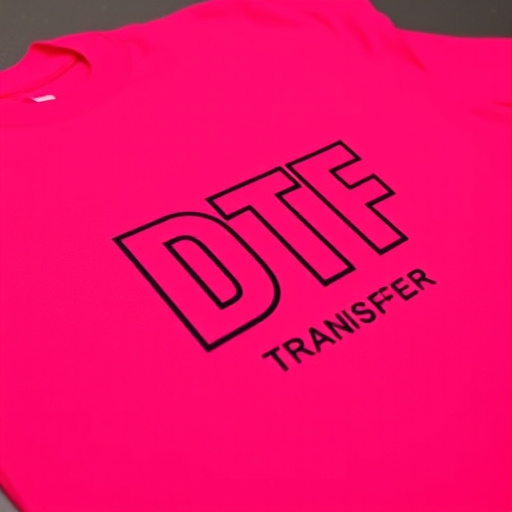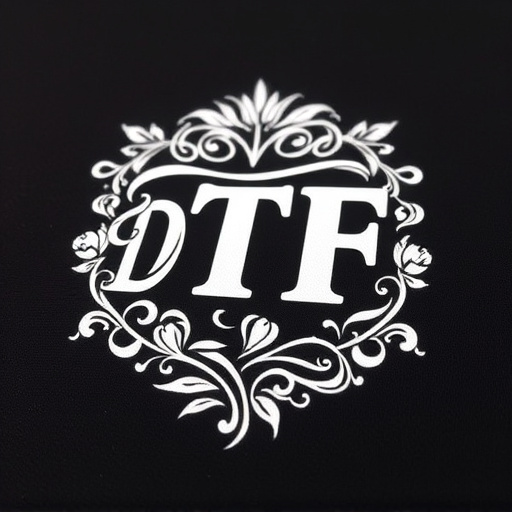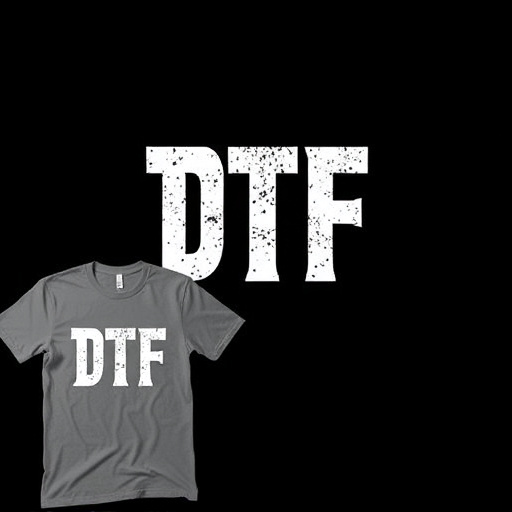DTF (Direct-to-Fabric) T-shirt printing has revolutionized the apparel industry with high-quality, efficient custom apparel production. Designers create graphics using specialized software, which are printed onto fabric using UV curable ink on precision machines. The process allows for vibrant, intricate designs applied to garments through heat pressing. Efficient order management is key to success: establish clear communication channels, prioritize orders based on turnaround time and design complexity, use software tools for organized tracking, regularly optimize strategies, and leverage user-friendly DTF logo transfers software to deliver high-quality products while meeting demand in the competitive market.
“In the realm of custom t-shirt printing, Direct-To-Garment (DTF) technology has revolutionized the process. This article guides you through managing orders in a DTF t-shirt printing workflow effectively. We’ll explore the intricacies of understanding this printing method, delving into strategies for streamlined order management to ensure timely deliveries. Additionally, we’ll uncover tools and best practices to achieve seamless execution, enhancing your business’s efficiency in the competitive DTF t-shirt printing market.”
- Understanding DTF T-Shirt Printing Workflow
- Strategies for Efficient Order Management
- Tools and Best Practices for Seamless Execution
Understanding DTF T-Shirt Printing Workflow
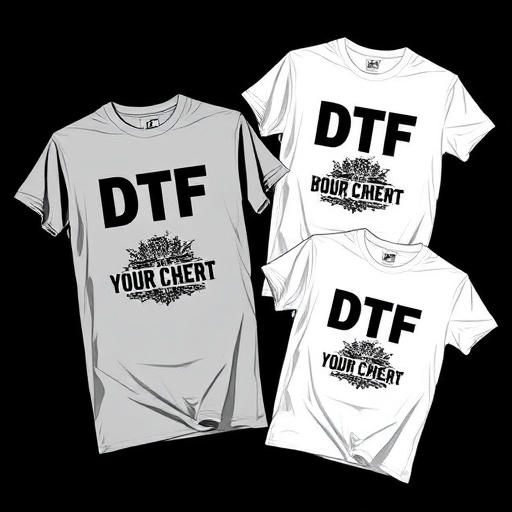
The DTF (Direct-to-Fabric) T-shirt printing workflow is a precise and efficient process that has revolutionized the way custom apparel is produced. It begins with design creation, where artists use specialized software to craft or modify graphics for printing. Once approved, these designs are prepared for production using UV curable inks and a precision printing machine, often an UV dtf printer. This technology allows for intricate details and vibrant colors directly onto the fabric of the T-shirts.
After printing, the UV cured ink forms durable, long-lasting transfers, which can then be applied to various garments through heat pressing. DTF logo transfers offer a range of benefits, including high-quality imaging, fast production times, and the ability to print on demand. This streamlined workflow ensures that businesses offering dtf printing services can deliver custom T-shirts quickly, meeting the diverse needs of their clients.
Strategies for Efficient Order Management

Efficient order management is key to a successful DTF T-shirt printing business. To streamline this process, implement clear and organized systems for receiving, processing, and tracking orders. Firstly, establish a dedicated communication channel with clients to ensure all specifications, such as custom dtf transfers, are accurately captured. This could be through detailed online forms or direct consultation with your design team.
Once orders come in, prioritize them based on turnaround time and complexity of the vibrant designs. Utilize software tools that allow for easy order organization and real-time updates. This not only keeps your workflow efficient but also provides clients with transparency throughout the printing process. Regularly reviewing and optimizing these strategies will help you meet demand while maintaining high-quality outcomes in your DTF transfer printing services.
Tools and Best Practices for Seamless Execution
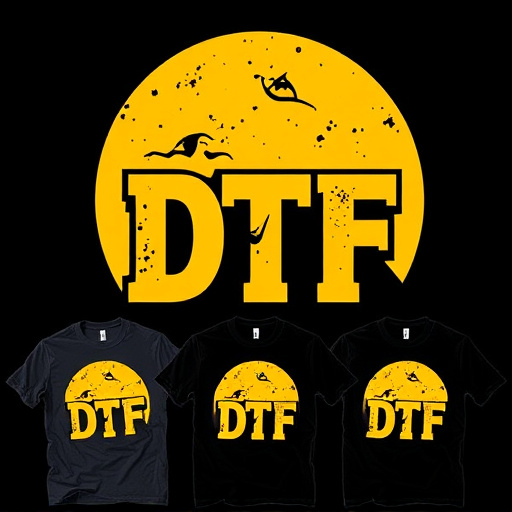
Managing orders efficiently is key to success in the DTF T-shirt printing industry. To ensure a seamless workflow, businesses should invest in user-friendly DTF logo transfers software that allows for easy order tracking and customization. This technology enables printers to manage high quality DTF transfers, accommodating both simple and complex designs with precision.
Best practices include implementing clear communication channels with clients for timely order updates and ensuring a well-organized system for storing and retrieving DTF custom orders. Regular backups of digital files and meticulous record-keeping are essential to prevent errors and delays, fostering customer satisfaction and building a solid reputation in the competitive DTF T-shirt printing market.
In conclusion, managing orders efficiently in a DTF T-shirt printing workflow is key to ensuring high customer satisfaction and business growth. By understanding the unique aspects of this printing process, implementing strategic order management techniques, and leveraging the right tools, printers can streamline operations, reduce errors, and deliver top-quality products promptly. Optimizing these steps will not only enhance productivity but also solidify your reputation as a reliable DTF T-shirt printing service provider.








